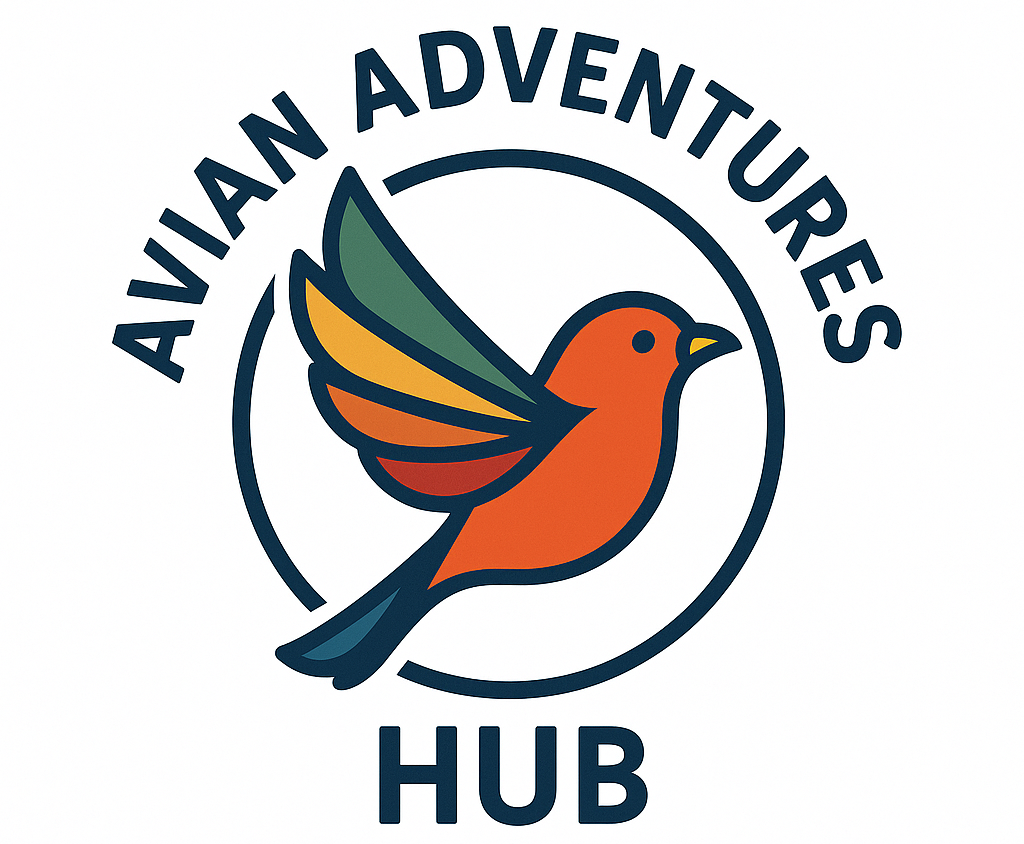1-day Norfolk Autumn Birding Tour – Birding the Northwest Norfolk Coast
Click link below to learn more:
Length of trip
Description
Our 1-day autumn tour of Northwest Norfolk sees us visit some of the most striking locations in the county in our search for migrant bird species. Autumn is arguably the best time to visit Norfolk as thousands of shorebirds (waders), passerines, and wildfowl move through the county each year. We have designed this day tour to be completely flexible, depending on how the migration is unfolding, all be it with a set start (at 8am) and end point. To maximize our chances of connecting with great birds, we will visit key birding sites including Thornham Harbour, Burnham Norton Marsh, and Burnham Overy Dunes, where our tour ends at around 4pm. This autumn day tour complements our spring, summer, and winter day tours, thus providing excellent guided birding trips across each season of the year in the bird rich county of Norfolk, East Anglia.
 Common Greenshank, a classic autumn species in Norfolk. The coastal marshes and tidal mud flats host a huge number of shorebirds (waders) as they move south for the winter.
Common Greenshank, a classic autumn species in Norfolk. The coastal marshes and tidal mud flats host a huge number of shorebirds (waders) as they move south for the winter.
Because this tour is flexible, we will outline the potential highlights of each of the sites we intend to visit below. We will hope to find lots of interesting scarce, local, and even rare birds on these day tours — autumn birding is one of the most exciting times to be birding in the UK after all. We will also come across plenty of common birds too, lots of these are shown in the blog series we have put together on the UK’s common garden birds, farmland and woodland birds, and wetland and coastal birds. If you choose to take this day tour as a private tour, we can focus on whatever you like, such as racking up a big day list, taking your time to learn the birds, trying to find that ultra-rare bird, looking for a target species you have in mind, or simply just enjoying a day out in the fresh air. Just let us know your preference when you enquire about booking.
We begin at Thornham Harbour, a beautiful setting and a wild part of Norfolk. The harbor channel and mouth are a great spot to find shorebirds (waders) such as Eurasian Oystercatcher, Eurasian Curlew, Grey Plover, Black-tailed Godwit, Bar-tailed Godwit, Ruddy Turnstone, Sanderling, Common Ringed Plover, Dunlin, Common Snipe, Common Greenshank, Common Redshank, and scarcer species like Ruff, Spotted Redshank, and Green Sandpiper.
 Some Black-tailed Godwits may still be showing breeding plumage.
Some Black-tailed Godwits may still be showing breeding plumage.
Moving along the sea wall, we will check passerine flocks carefully as mixed in with the more common European Goldfinch, Common Linnet, and Common Reed Bunting, could be scarcities like Snow Bunting, Lapland Longspur (Bunting), and Twite, at least later in the season. The harbor itself is one of the most reliable locations for European Rock Pipit, of the Scandinavian subspecies littoralis. Earlier in autumn this bank is a great place to look for White Wagtail, Common Chiffchaff, Northern Wheatear, and European Greenfinch. The neighboring fields are also a reliable spot for observing Grey Partridge, and later in the season, Hen Harrier and Short-eared Owl.
We will then walk along the sea wall as far as the sand dunes, adjacent to the excellent Norfolk Ornithologists Association (NOA) Holme Nature Reserve. Here we will find many of the species mentioned above plus some new additions, likely to include Common Shelduck, Little Egret, Eurasian Spoonbill, Great Cormorant, Eurasian Skylark, and European Stonechat. The dunes near the path are a good place to search for rarer migrants such as Desert Wheatear, Snow Bunting, Lapland Longspur (Bunting), and in late autumn this has become a reliable spot to find Horned (Shore) Lark.
 Lapland Longspurs arrive in Norfolk in late autumn and finding one of these rare migrants is a really enjoyable experience!
Lapland Longspurs arrive in Norfolk in late autumn and finding one of these rare migrants is a really enjoyable experience!
After covering this area, we will retrace our steps and explore an area of reedbed and woodland to the east of the harbor. Early in autumn, this is a good area to find migrant passerines like Eurasian Reed Warbler, Willow Warbler, Common Chiffchaff, Eurasian Blackcap, Spotted Flycatcher, and European Pied Flycatcher. The reedbed can also hold small numbers of the beautiful Bearded Reedling (Tit). We will then head back to the car park and move on to our next site. Before beginning the next part of our tour, we will stop at the nearby Royal Society for the Protection of Birds (RSPB) Titchwell Marsh Nature Reserve for a toilet break if required.
The next part of our tour will start at the village of Burnham Norton. This beautiful site is often quiet in terms of people, so we have a good chance of exploring it by ourselves. Early in the autumn is a productive time to visit, as the site regularly gets some of the scarcer species to be found during the season. Species such as Eurasian Spoonbill, Eurasian Hobby, Garganey, Spotted Redshank, Whinchat, Western Cattle Egret, Great Egret, and Temminck’s Stint are likely species here and these are joined by many more common species.
Small pools scattered about the site are worth checking for common shorebirds (waders) such as Northern Lapwing, Eurasian Curlew, Black-tailed Godwit, Common Snipe, Green Sandpiper, Common Greenshank, Common Ringed Plover, European Golden Plover, Red Knot, Ruddy Turnstone, Dunlin, Bar-tailed Godwit, Grey Plover, and Common Redshank while the reedbed areas often hold Eurasian Reed Warbler, Sedge Warbler, Cetti’s Warbler, Common Chiffchaff, Common Reed Bunting, and Bearded Reedling (Tit) early in the season. Overhead Common House Martin, Barn Swallow, and Common Swift gather here in large numbers before heading south for the winter (the latter is often very early to depart the UK’s shores). As autumn progresses a huge number of Common Starling use the site with totals in the thousands here later in autumn.
 Autumn, like spring, can be a great time to see Eurasian Hobby as they move through the county. They are often attracted to hirundine roost sites due to the abundance of prey.
Autumn, like spring, can be a great time to see Eurasian Hobby as they move through the county. They are often attracted to hirundine roost sites due to the abundance of prey.
We will also get to witness the vast numbers of Pink-footed Goose arriving for the winter at close quarters here and wildfowl numbers in general build with Greater White-fronted Goose, Common Shelduck, Northern Shoveler, Gadwall, Eurasian Wigeon, and Eurasian Teal all in attendance. This in turn attracts birds of prey with Peregrine Falcon, Western Marsh Harrier, and Red Kite all regular species here. Once we have explored this small, yet great patch of habitat, we will return to the car park and head for our final destination.
Our last site of the day is the wonderful Burnham Overy Dunes. This vast site is a real contrast to Burnham Norton, with wide vistas and a huge amount of habitat to explore. We will look for shorebirds (waders) on both the wet grassland and tidal mudflats, with species like Ruddy Turnstone, Green Sandpiper, Common Sandpiper, Pied Avocet, Eurasian Oystercatcher, Eurasian Whimbrel, Eurasian Curlew, and Northern Lapwing all regular species in both of these areas.
We will scan the saltmarsh for larger waterbirds. This area has quickly become one of the best areas in Norfolk to see Great Egret and Western Cattle Egret, both of which are recent colonists of Norfolk. Alongside them, we can see Little Egret and Grey Heron, and we should come across Eurasian Spoonbill (another recent colonizer) and, with luck, we might get views of the mystical Eurasian Bittern.
 The secretive Eurasian Bittern may be seen on this day tour.
The secretive Eurasian Bittern may be seen on this day tour.
Scrub and vegetated areas along the walk are a favorite spot to find resident and migrant passerines with interesting species here including Eurasian Reed Warbler, Sedge Warbler, Common Chiffchaff, Willow Warbler, Common Whitethroat, Lesser Whitethroat, Eurasian Skylark, Cetti’s Warbler, European Goldfinch, Yellowhammer, and Eurasian Blackcap. While later in the season the trackside scrub can sometimes host rarer species such as Dusky Warbler, Snow Bunting, Lapland Longspur (Bunting), and Little Bunting.
We continue our birding route until we reach the expansive sand dune system. Like in spring, this area can be a fantastic migrant trap and we will search for Northern Wheatear, Willow Warbler, Common Chiffchaff, Common Redstart, Black Redstart, European Pied Flycatcher, Spotted Flycatcher, Whinchat, Lesser Whitethroat, and Ring Ouzel. Migrant species are joined by resident species here, such as European Stonechat, Red-legged Partridge, Eurasian Blue Tit, Great Tit, Common Blackbird, Common Linnet, and European Goldfinch. The dune system is notorious for turning up rare passerines in autumn, with Desert Wheatear, Isabelline Wheatear, Yellow-browed Warbler, Red-breasted Flycatcher, Pallas’s Leaf Warbler, and Barred Warbler all occurring in recent years.
Exploring the dunes further towards Holkham pines could give us a glimpse of Hen Harrier, Merlin, Peregrine Falcon, Rough-legged Buzzard, or Short-eared Owl, although these are typically late autumn arrivals, and their numbers vary year on year. Resident birds of prey here include Red Kite, Western Marsh Harrier, Common Kestrel, and Common Buzzard so it is always worth keeping eyes to the sky.
We will retrace our steps back towards the starting point once we have explored the dune system. After a jam-packed day full of birds, our tour comes to an end, perhaps with the sound of skeins of Pink-footed Goose coming into roost on the marshes, finishing off our tour.
The autumn migration period is so exciting in the UK, particularly in Norfolk, where migration unfolds in front of our eyes. In addition to all of the spectacular flocks of shorebirds and waterfowl mentioned, this tour along the coast really has the potential to witness many birds flying in off the sea as they arrive to overwinter in the UK, or continue further south into France and Spain. The call of migrating Redwing is one of those evocative sounds, particularly when they include notes from Fieldfare, Common Blackbird, Song Thrush, Mistle Thrush, and even Ring Ouzel, Hawfinch, and Bohemian Waxwing that occasionally travel with them. Depending on weather conditions, sometimes these migrating flocks are forced low, or even to land on arrival and these “falls” can offer a veritable feast for waiting birders. As well as the turdus thrushes, falls of birds like Common Redstart, European Pied Flycatcher, Goldcrest, Meadow Pipit, and assorted finches are frequent. They usually have something scarce or rare within them, such as a warbler from Eastern Europe or Asia. Some of the realistic possibilities during the autumn can include Richard’s Pipit, Olive-backed Pipit, Red-throated Pipit, Greater Short-toed Lark, Icterine Warbler, Barred Warbler, Greenish Warbler, Hume’s Leaf Warbler, Yellow-browed Warbler, Pallas’s Leaf Warbler, Wood Warbler, Dusky Warbler, Radde’s Warbler, Common Firecrest, Red-breasted Flycatcher, Desert Wheatear, Pied Wheatear, Isabelline Wheatear, Bluethroat, Red-flanked Bluetail, Common Rosefinch, Eurasian Wryneck, Red-backed Shrike, Isabelline Shrike, Red-tailed Shrike, Brown Shrike, Great Grey Shrike, Little Bunting, and Rustic Bunting, the possibilities are as long as a piece of string. The key thing to remember when birding in Norfolk during autumn is that anything can, and often does, turn up, so expect the unexpected. It is an exciting time of the year and one of the reasons we love birding here then!

